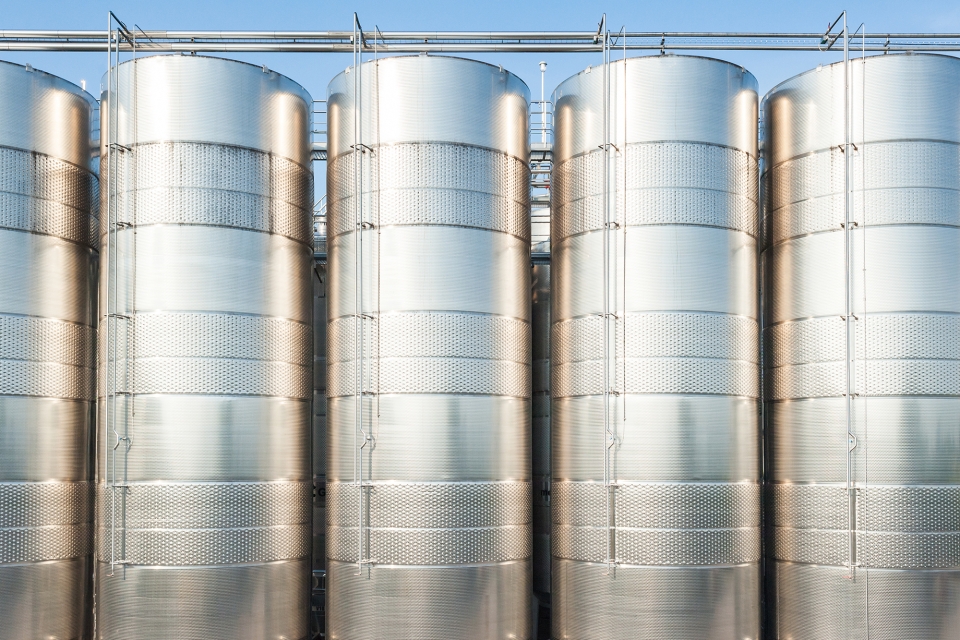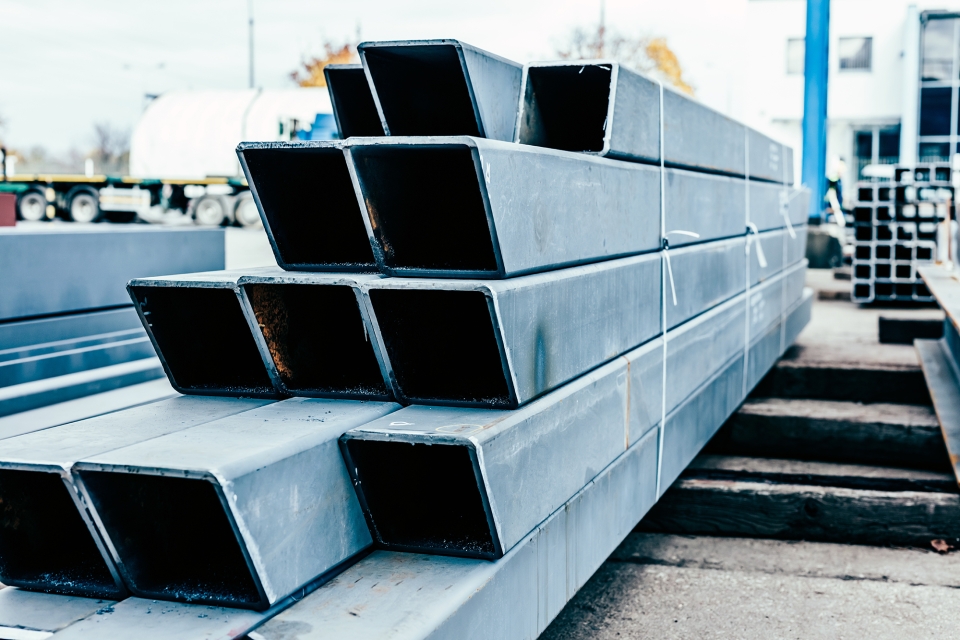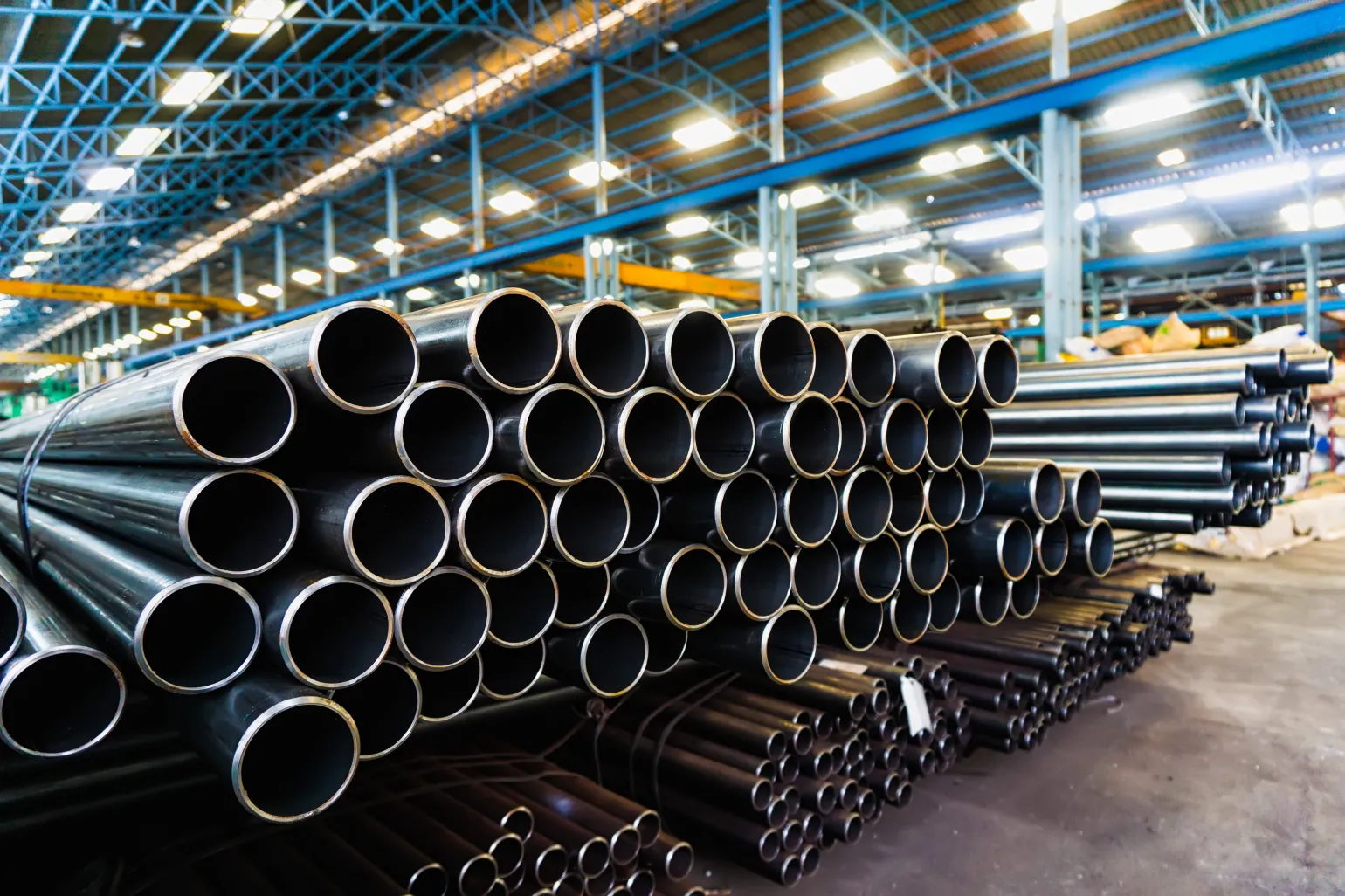The Role of Stainless Steel Profiles in Structural Engineering
Stainless steel profiles are used in a range of industries and applications to provide strength, structural support, and durability. There are a variety of different profiles that suit various purposes, and these profiles offer numerous structural engineering advantages.
An introduction to stainless steel
Stainless steel is a durable, long-lasting non-ferrous alloy made of chromium, iron, and usually, nickel. Other elements, such as titanium, manganese and molybdenum can be added to stainless steel profiles to increase heat resistance, improve anti-corrosive properties, and add extra strength. Stainless steel is either hot or cold rolled. Cold rolled steel is the stronger option as there’s no heat used in the manufacturing process, so there’s no risk of fractures during cooling.
At SPS, you’ll find a wide range of stainless steel, including ferritic,austenitic, and martensitic grades as well as nickel, duplex and super duplex alloys. These different grades and alloys can be used in everything from the manufacturing of surgical instruments to oil and gas pipelines.
Properties of stainless steel
Stainless steel profiles have numerous advantageous properties due to the nature of the metal. Stainless steel is extremely durable, has a high tensile strength, and is resistant to corrosion. It is also temperature resistant to both hot and cold, is long lasting so it requires little maintenance, and is environmentally friendly as it can be recycled. Additionally, stainless steel profiles can be polished or left dull, making them an aesthetically pleasing option.





